
Published: Last Updated:
Readtime: 11 min
Every product is carefully selected by our editors and experts. If you buy from a link, we may earn a commission. Learn more. For more information on how we test products, click here.
If you’ve ever seen someone running around with what looks like a smart watch, only without a screen, there’s a pretty good chance you just saw a Whoop in the wild. The Boston-based brand has been crafting health-and-fitness focused wearables since its inception in 2012, and it’s dropped its most advanced models yet: Whoop 5.0 and Whoop MG.
How do these models differ? Well, 5.0 is the new standard model, while the MG (which stands for medical grade) comes with a host of new biometric capabilities. There’ll also be new membership tiers: Whoop One (AUD$299 per year), Whoop Peak (AUD$419 per year), and Whoop Life (AUD$629 per year).
I’ve had access to the Whoop MG for the past few weeks, utilising the Whoop Life membership tier, and have unlocked most of its capabilities throughout that time—though much of the benefits of such a device come with longer-term use, as the Whoop learns more about how you operate, and the best ways it can help you to achieve a better balance between recovery and strain.
As far as initial impressions go, the new premium Whoop device does exactly what they say on the tin, and has given me a deeper insight into my physical health than I have probably ever had before. There’s quite a bit to talk about, so let’s dive in.
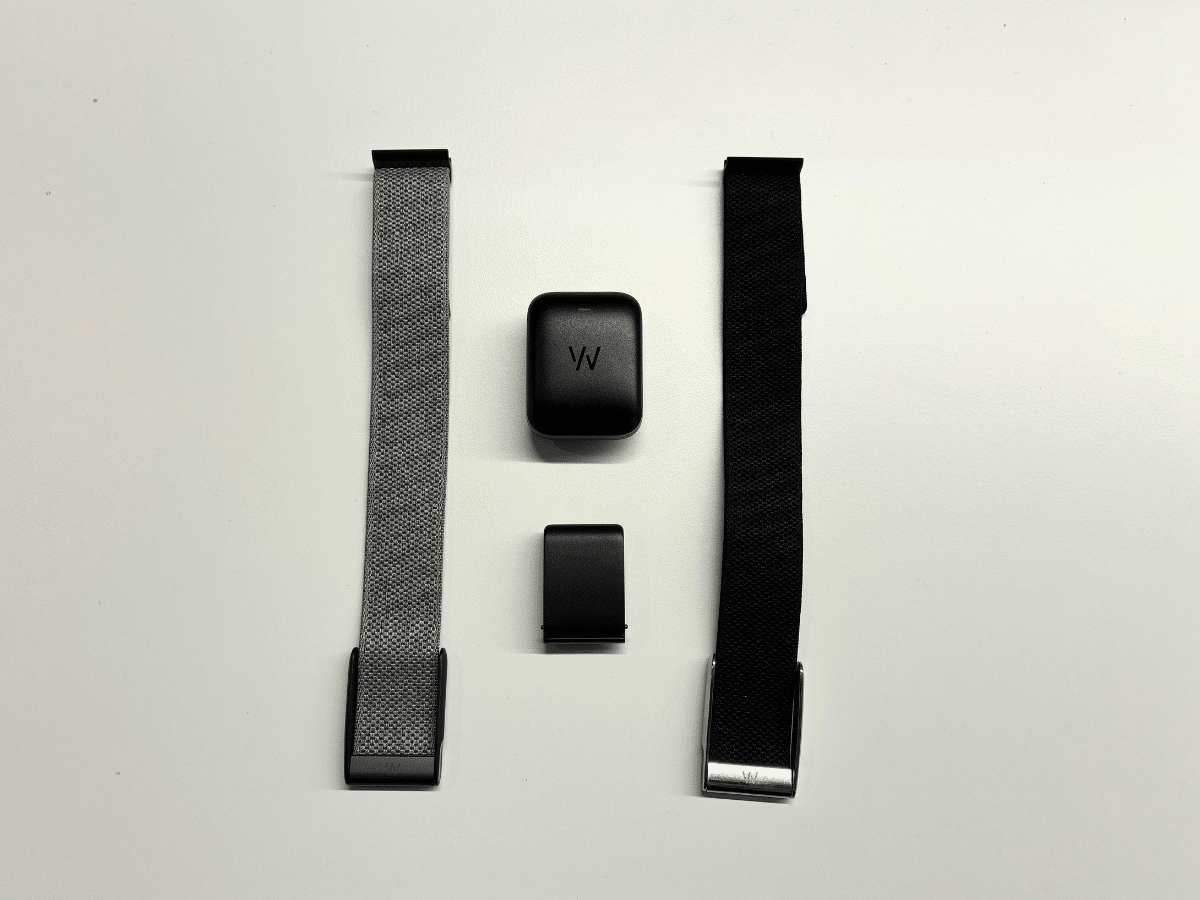
What’s the Difference Between the ‘Whoop 5.0’ and ‘Whoop MG’
The Whoop 5.0 is essentially a better Whoop 4.0—it’s been improved for all-day wearability, with a battery life of up to 14 days, and includes more advanced sensors that can more accurately track its wearer’s actions across more than 145 different activities: such as walking, running, yoga, pilates, and more.
The Whoop MG on the other hand, is only available in select regions, and has been created with the goal of delivering more medically-relevant insights to users. To that end, the device’s clasp has an integrated ECG meter which can deliver on-demand readings, and can detect signs of Atrial Fibrillation—a leading cause of stroke—and provide notifications if your heart begins beating irregularly. It’s worth noting that not all of the features unlocked by using the MG will be available outside of the United States at launch, but will be accessible once relevant local legal requirements are satisfied.
These two new pieces of hardware also coming alongside an improved software experience in the Whoop Companion App. For one, Whoop’s big new feature is the addition of ‘Healthspan’—a collection of nine different biometric indicators that are used to calculate an estimated ‘Whoop Age’, as well as a ‘Pace of Aging’.

What’s a ‘Whoop Age’? Effectively, the app spend 21 days reading your biometric data, your exercise habits, sleep habits, etc, and decide a representative age that best suits your lifestyle. It’ll then spend up to 90 days getting a more accurate picture of your health and provide a more informed reading. For example, you might be a very active and healthy 50-year-old, and be given a Whoop Age of 40. Conversely, you might an inactive and unhealthy 35-year-old and be given a Whoop Age of 45.
The goal is to help the user determine what they need to improve on in order to slow down their pace of aging: you might discover that your low quality of sleep is literally aging you, or you might find that your constant walks by the beach are helping keep you young.
I’ve had the device for a little over that 21-day threshold, and I was not particularly surprised to learn that my Whoop Age is essentially bang-on with my chronological age, and my pace of aging is slow: I’m a tech journalist, after all, but I do eat well and move often. I wouldn’t say I’m fit though, especially compared to Whoop’s target market.
To me, the Whoop 5.0 and MG are particularly well suited to people who take their fitness very seriously, whether that be for personal growth, or for health-related reasons. My partner, for example, has recently had a few scans of her heart for a potential congenital issue, and I can see a real use for her to use something like the Whoop to monitor her heart rate on a more long-term basis.
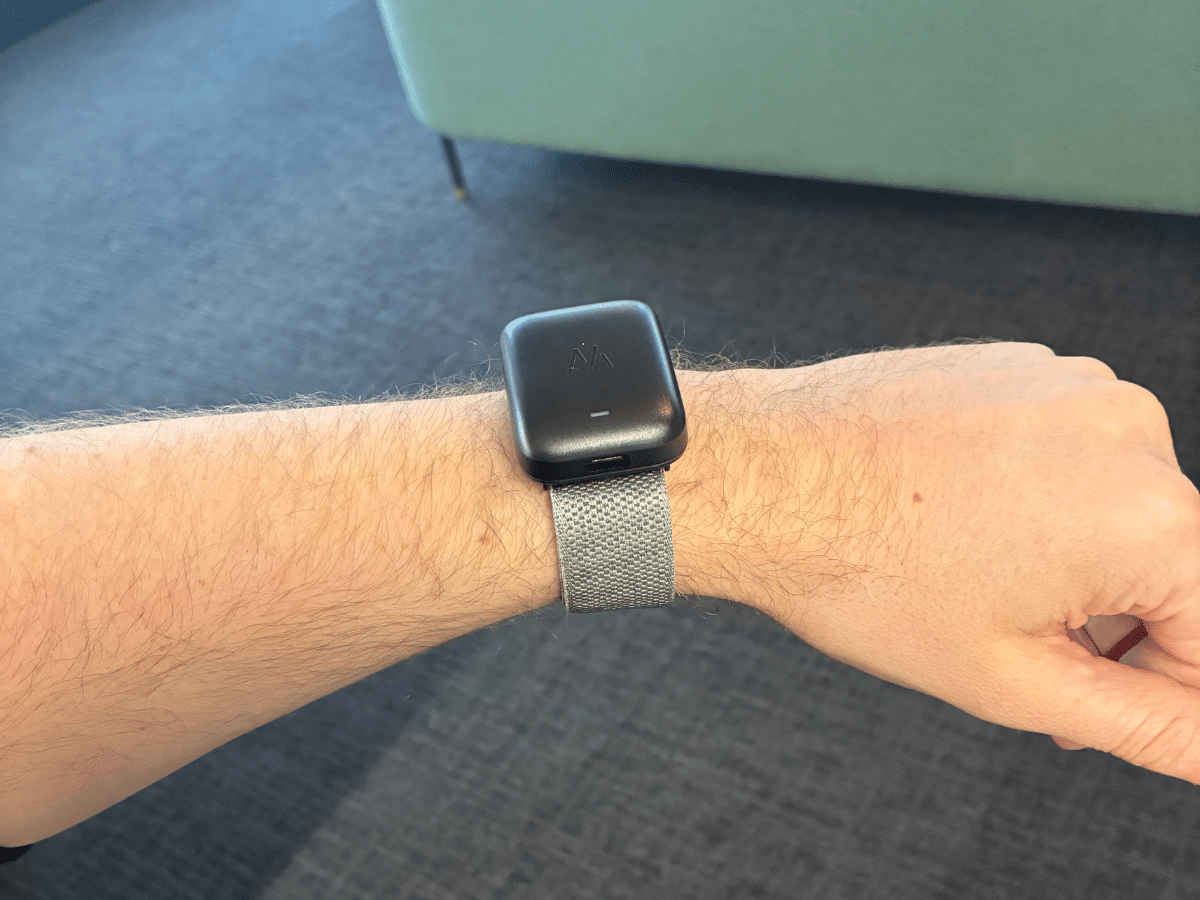
The app will also give more accurate and improved women’s hormonal insights, which will deliver personalised insights into how hormonal shifts can impact a person’s sleep, recovery, and stress levels. Whoop says this feature will go “beyond cycle tracking to deliver science-backed education”. I couldn’t test this, so I can’t say I have any major thoughts on it beyond the fact that this seems like it’d be a helpful feature to have attached to something you’re probably going to be wearing all the time anyway. Thankfully, this feature isn’t hidden away at higher tiers, avoiding the usual pink tax.
One final improvement we’ll touch on is the recent addition of an AI-powered assistant within the app. Now, I’m absolutely skeptical of most uses and implementation of AI, but over the past few weeks using the MG I’ve chatted with this AI a few times and it has actually been incredibly helpful. For starters, it already has access to all of the biometric data the Whoop is recording—sleep and exercise habits, stress levels, etc—and is able to deliver a daily outlook that helps you to understand what all of those readings actually mean.
For example, here’s an outlook from a morning where I had had a pretty average night’s sleep, and was feeling particularly stressed:

This was actually very useful, as it told me what was happening in my body, and what I needed to do to maximise my recovery that day. For someone like me, that gets overwhelmed by a screen full of numbers, graphs, and charts, having actionable insights into my body’s current state of health delivered to me in plain english proved invaluable.
It’ll also suggest activities to do that day in order to meet the goals it lays out for you, and allows you to ‘commit’ to doing them. In the example above, the Outlook might suggest some light recovery activities like walking 30-40 minutes, and then give you the option of adding them to your planned activities for the day. That way, when you are checking the app throughout the day, you’ll be reminded of what you need to do in order to properly recover, or capitalise on a night of good sleep at the gym, and are more likely to follow through—you already committed to it, after all.
I’ll also add here that Whoop seems dedicated to keeping the data shared through this AI anonymised, and that it’s LLM-partner will not use any data collected through the partnership to train its AI, which is a breath of fresh air in a world filled with what feels like predatory privacy policies.
In saying that, the advice it gives is predicated on the data it collects and collates, which can be a bit of a problem when that doesn’t necessarily work as intended. I had at least one occurrence of awful sleep during my 3-weeks or so of use so far where the Whoop calculated that I’d had a fantastic sleep, my recovery was high, and was ready for a big day at the gym. Nothing could have been further from the truth.
One bad reading isn’t the end of the world, and the following day everything was back to it’s regular level of precision, but I’d be remiss not to mention it.
Another issue I had, personally, with the device is that it really needs to be worn at all times. If you’re going to get the most out of this device that you’re paying for (see the membership tiers below for details on what you get for your money), you’re going to want it on your body for as much of the day, and night, as possible.
That’s a problem if, like me, you have sensory sensitivities and don’t particularly like the feeling of the thing on your wrist. Your mileage may vary here, and yes, you can get different bands to go on your bicep, or in your bra, but unless you want to wear an arm-band all the time to free up your wrist, the basic wrist-strap is still the best option.
It also takes up valuable watch space: the amount of times I looked at my wrist to check the time, only to be greeted by a whole lot of nothing, was not small. I understand the desire to separate the Whoop from other smartwatch-style fitness trackers, but I do think a small LED display showing off the time, your heart rate, or the length of an activity being tracked wouldn’t be the worst thing Whoop could add in a future iteration. The fact that for me to see any progress I’d need to whip out my phone and check the app invites distraction in what is supposed to be a focused workout.
Whoop’s New Membership Tiers
As mentioned above, there are now three memberships available to Whoop users—the entry level Whoop One, the performance-focused Whoop Peak, and the medical-insights-driven Whoop Life. Let’s break down the differences:
| Whoop One | Whoop Peak | Whoop Life |
| AUD$299 per year | AUD$419 per year | AUD$629 per year |
| – Sleep, strain, and recovery insights – AI-backed personalised coaching – VO2 Max & heart-rate zones – Women’s hormonal insights | – Everything in Whoop One – Healthspan (Whoop Age) and Pace of Aging – Health Monitor with health alerts – Real-time Stress Monitor | – Everything in Whoop Peak – Daily blood pressure insights – Heart scanner with ECG readings – Advanced health sensing technology |
| What’s Included: – Whoop 5.0 – Charging cord – CoreKnit band – Lifetime warranty | What’s Included: – Whoop 5.0 – Waterproof wireless powerpack -SuperKnit band – Lifetime warranty | What’s included: – Whoop MG – Waterproof wireless powerback – SuperKnit luxe band – Lifetime warranty |
At launch, you’ll be able to order your Whoop device, as well as sign up to whatever membership tier best aligns to what you need, at Whoop.com.
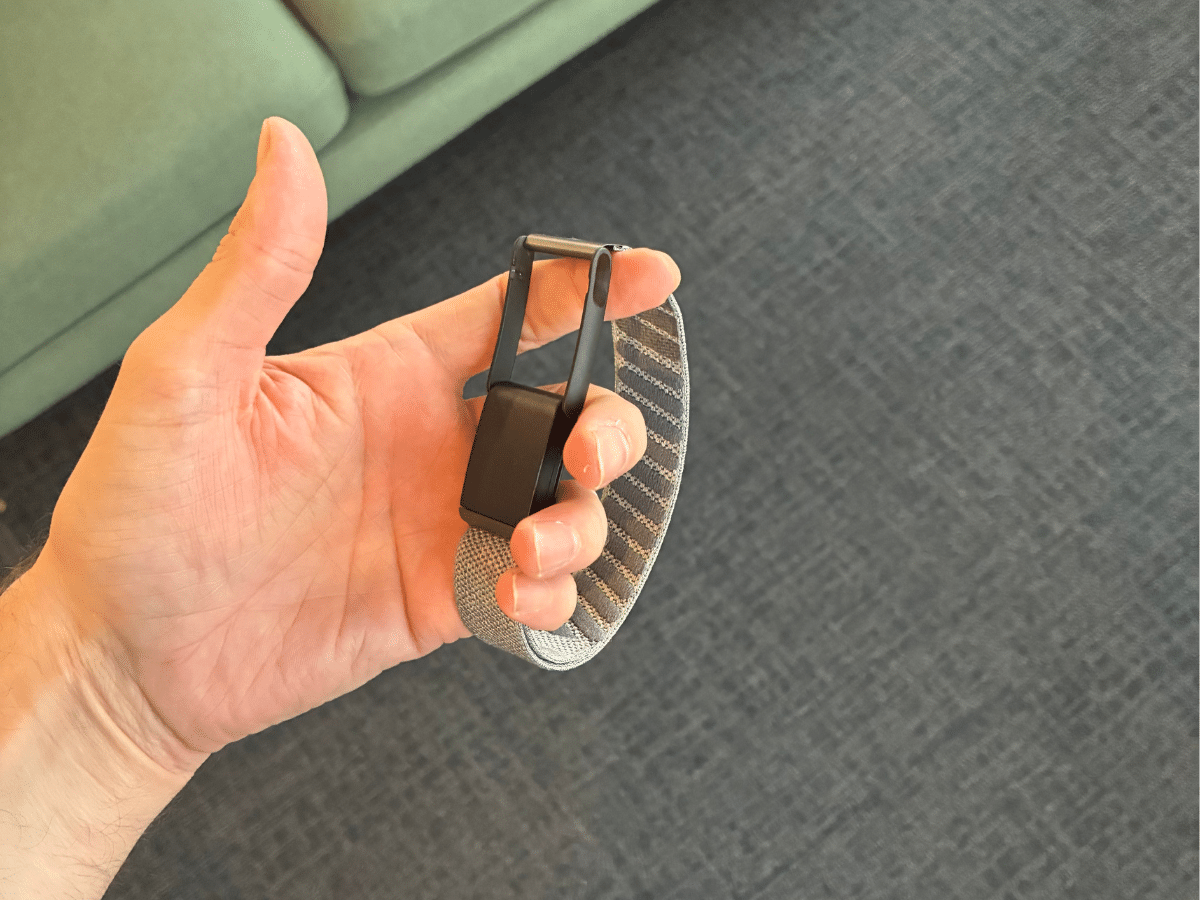
What Are My Thoughts on the ‘MG’?
As someone that isn’t typically in the business of calculating the effectiveness of my body at each waking moment (and those where I’m not awake), wearing the Whoop MG for the past few weeks has been an enlightening experience.
I’ve largely enjoyed having even the most basic understanding into the delicate relationship between how I sleep, what that means for my body each day, and how much strain I should be putting myself under as a result. Wearing the device has definitely had an effect on how I approach even casual fitness, as I’ve started making sure that I get out of the office each day to go for even a short walk, either to make use of a well-rested body or to help get a better sleep during the night ahead.
The Whoop app can deliver some really helpful insights, especially through the new ‘Daily Outlook’ feature, but the insights won’t mean anything unless you’re willing to make changes to how you’re behaving each day—or if you are even able to.
For one, while it’s helpful to be told each day how much exercise you should be getting, I do wish there was a way to schedule in which days you have more time available, and days where you have less. For example, Monday to Friday are essentially 11-hour days for me—I leave my house at ~7am, and get home around ~6pm, and while I’d love to have the energy to implement Whoop’s plans for me to hit the gym as soon as I can, that’s just not going to happen.
On the weekend, though, I certainly could find the time. It’d be great to be able to tell the Whoop that, but I suppose a simpler approach would be to just ignore its exercise advice during the week and heed it on the weekend.
Ultimately, what I’ve realised using the Whoop MG for the past few weeks is that this isn’t a device that will change your behaviours for you—it’ll provide you greater insights and actionable advice on how to make you the most healthy version of yourself you can be, but you still need to take charge and make the changes yourself.
If you’re someone that is excited by the idea of getting insights into your sleep, recovery, and stress, and using them to tailor an exercise plan to best fit what you need each day, Whoop is going to be your best friend.
DISCLAIMER: The author of this post, Dean Blake, was supplied a pre-release model of the WHOOP MG for the purposes of this review.





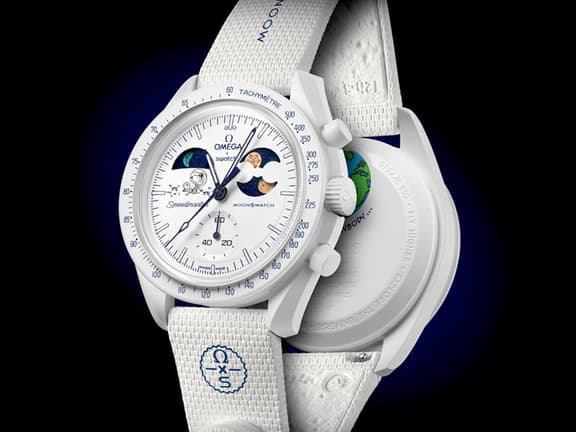









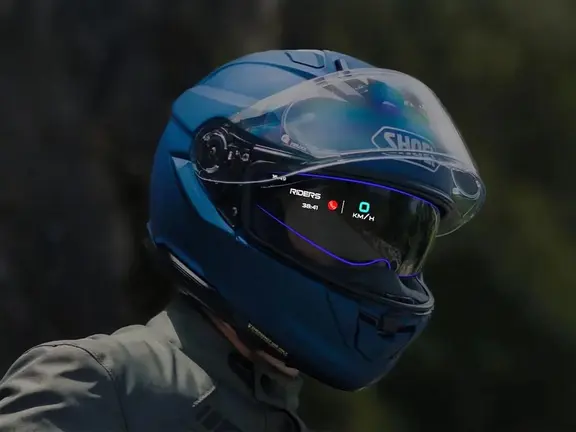


















Comments
We love hearing from you. or to leave a comment.